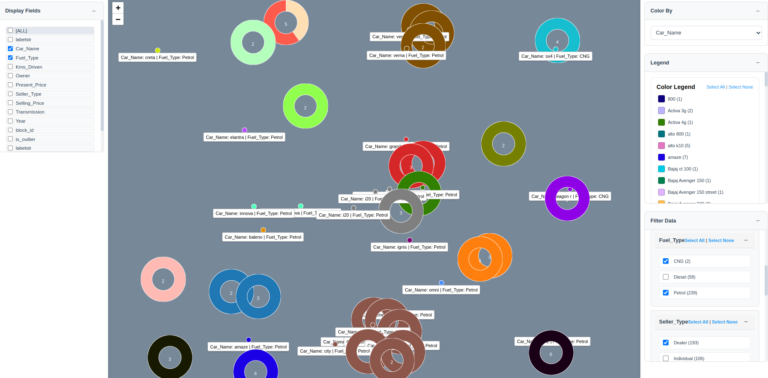Semandjic, a Django library that elegantly solves a common challenge in modern web development: handling complex, nested data structures from LLMs in Django applications.
Let me paint a picture: Imagine you’re building an application that processes personal information. You have a Person model with relationships to their Address, Father, and Mother (who are also Person models with their own addresses). Traditionally, creating forms and managing these relationships in Django would require significant boilerplate code and manual relationship handling.
Semandjic transforms this complexity into simplicity. When your LLM processes a request and outputs structured data dataclasses or json, controlled by you and represented through Django Models, Semandjic automatically generates interconnected forms that understand these relationships. A single form submission can create or update a Person, their Address, and their family members, maintaining all relationships automatically.
What makes this particularly powerful for LLM applications is that you can take the structured output from your model, perhaps a complex family tree analysis, and Semandjic will handle all the form generation and relationship management for you. It automatically creates all the necessary Django models and maintains their relationships, while providing intuitive forms for editing the data. Since it’s built on Django’s ORM, you get all the power of SQL relationships without having to manage them explicitly.
The best part? No more writing repetitive form handling code or manually mapping between your LLM’s output and your Django application’s data layer. Semandjic serves as the bridge between your AI’s structured output and your Django application’s data layer, making it seamless to move from AI processing to data persistence and user interaction.
The most bestest part? It’s free.
Check it out: https://lnkd.in/e3B-wQVJ

Deep Scope: A Comprehensive Analysis of Data Visualization and Manifold Learning
Unlocking Business Insights: How DeepScope Transforms Raw Data into Actionable Customer Strategies Imagine trying to understand a city by looking at every single brick in
